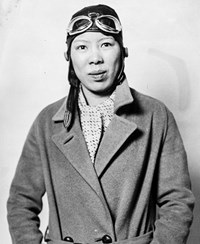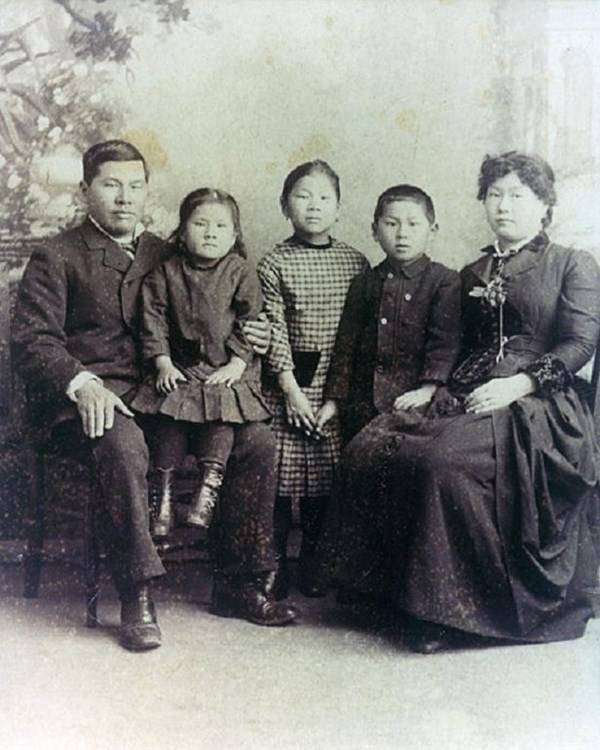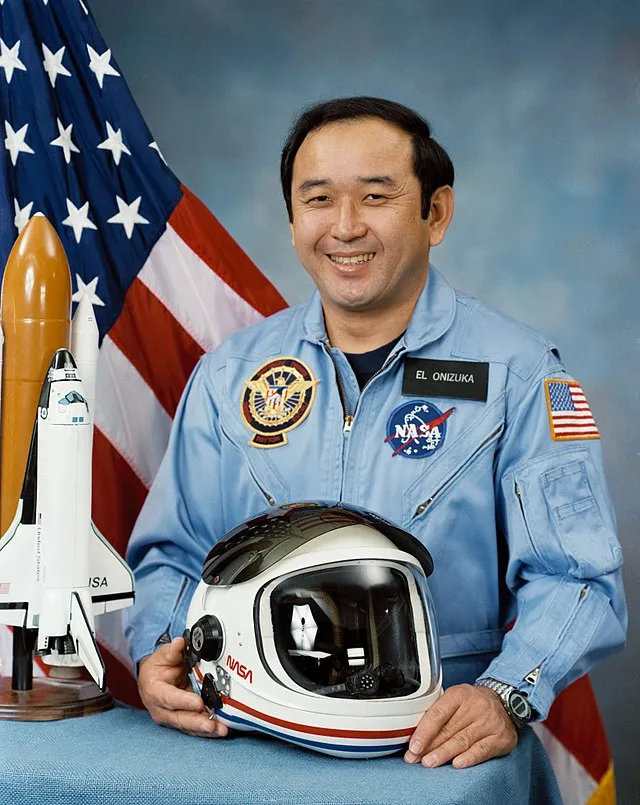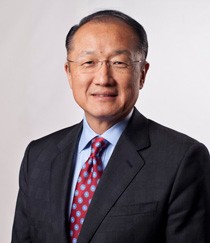- ask@gc.libanswers.com
- 409.944.1240 (phone)
- 409.220.4855 (text)
Notable Figures
These notable individuals in history were selected from various categories of "Advancing Leaders Through Collaboration." If you want to view more notable individuals throughout the history of various categories, you may look at Asian Pacific American Heritage Month.

Leah Hing was the first Chinese American woman to earn her pilot's license. Trained by Tex Rankin, an early aviation pioneer at Pearson Field in Vancouver, Washington, she received her pilot's license in 1934. Later, she became an instrument mechanic at a Portland air base during World War II.

Known as the “Queen of Nuclear Research,” Dr. Wu was born in Jiangsu Province, China, in 1912 and moved to the U.S. in 1939 to pursue her Ph.D. at the University of California, Berkeley. As an experimental physicist, Dr. Wu made significant contributions to the study of nuclear physics. As a member of the research staff at Columbia University, she played a critical role in the Manhattan Project, the research and development consortium led by the United States, Canada, and the United Kingdom that created the first nuclear weapons. Dr. Wu received the inaugural Wolf Prize in Physics and was the first woman to serve as president of the American Physical Society.

Almost 70 years before Brown v. Board of Education, Mary Tape fought for her daughter’s right to attend public school in California. Mary immigrated to the United States from China when she was eleven. In 1884, she tried to enroll her eight-year-old daughter Mamie at a white public school in San Francisco. When school authorities turned Mamie away because of her Chinese ancestry, Mary and her husband Joseph sued the Board of Education. The lawsuit became a landmark civil rights case for public school desegregation.

Ellison Onizuka was the first Asian American and the first person of Japanese origin to fly in space. As a NASA astronaut, engineer, and test pilot for the Air Force, he passed his first mission in 1985 on the Space Shuttle Discovery. In 1986, Onizuka died in the tragic Space Shuttle Challenger disaster, along with six of his crewmates. He was posthumously awarded the Congressional Space Medal of Honor for his service. There is also a crater on the Moon named after him.

Toshiko Takaezu was a trailblazer in ceramic art-making during the 1970s. She is best known for creating large, closed-vessel sculptures. At the time, fellow artists expressed shock that a woman could make such large pieces, some taller than the artist. Takaezu merged aspects of the Japanese tea ceremony, calligraphy, and American Abstract Expressionism to create a new style from these diverse art traditions. She had a long career as an artist and teacher at the Cleveland Institute of Art and Princeton University.

Jim Yong Kim, 1959–, is a Korean-American physician, university administrator, and global health specialist. He moved to Iowa with his family at the age of five. While a Harvard student, he cofounded Partners in Health, a nonprofit healthcare charity, and served as its executive director until 2003. Kim joined the World Health Organization in 2003 and was director of its HIV/AIDS division, working to provide antiretroviral medication to patients in developing countries. Kim also was associated with Harvard Medical School as a professor of medicine and human rights, working to improve health programs in poor nations worldwide, and headed several departments at Brigham and Women's Hospital. In 2009 he was appointed president of Dartmouth College, becoming the first Asian-American to lead an Ivy League school. He became known for encouraging Dartmouth students to think globally and, specifically, organized help for Haiti after its disastrous earthquake.

Taiwanese American filmmaker Ang Lee has the unique distinction of being the first non-white director to win an Oscar for directing and producing and directing Academy Award-winning films performed in Chinese and English. Having been nominated for nine Academy Awards, Lee has won three: Best Foreign Language Film for Crouching Tiger, Hidden Dragon, and Best Director for Brokeback Mountain and Life of Pi. Born in Chaozhou, Taiwan, in 1954, Lee came to the U.S. to study film, and he received an MFA from New York University’s Tisch School, where he was a classmate of filmmaker Spike Lee. Ang Lee is considered by many to be among the most accomplished and influential filmmakers of his generation.

Patsy Takemoto Mink was the first woman of color elected to Congress. She served as a congresswoman from Hawaii’s At-Large District in the US House of Representatives from 1965 to 1977. From 1990 to 2002, she represented Hawaii’s Second Congressional District. President Jimmy Carter appointed Mink assistant secretary of state for the Bureau of Oceans and International Environment and Scientific Affairs. As an advocate for equality, she drafted the Title IX amendment of the 1972 Higher Education Act.

Saund successfully overcame his time's discrimination and anti-immigrant legislation to pursue an outstanding political career. He opened the way for later generations of Asian American politicians and fought for the rights of all Asian Americans. As a congressman, he used his political influence to promote the interests of immigrants. In 2005, a US Post Office building in Temecula (Imperial County), California, was named after him. In 2006, Saund was ranked among the most prominent foreign-born Americans in The Citizen’s Almanac, published by the US government for new citizens.

Representative Kaohly Her is the daughter of Hmong Refugees and has been an outspoken leader in her caucus. She is the Vice Chair for the Committee on Rules and Legislative Administration and has introduced legislation to help Black, Indigenous, and People of Color communities impacted by the COVID-19 pandemic. She is also endorsed by the Democratic–Farmer–Labor Party.

A figure significant to posing the question about children born in the U.S. by immigrants is Wong Kim Ark. He was born in 1873 in California; his parents were Chinese immigrants and remained subjects of the Chinese emperor while they lived in the United States. Ever since he was born, Wong Kim Ark has lived in California. Congress passed the Chinese Exclusion Act in 1882, which denied citizenship to Chinese immigrants and did not allow any new immigrant laborers to come from China until 1892. In 1890, Wong Kim Ark’s parents returned to China. He visited them that same year but returned to San Francisco, recognized as a “native-born citizen” by the U.S. customs officials. In 1894, when he was 21, he returned to China to revisit his parents. In 1895, he attempted to re-enter the United States, but U.S. customs officials denied his entry, claiming this time that he was not a U.S. citizen.

Yuri Kochiyama (May 19, 1921 – June 1, 2014) was a tireless political activist who dedicated her life to social change by participating in social justice and human rights movements. Kochiyama’s activism started in Harlem in the early 1960s. She participated in the Asian American, Black, and Third World movements for civil and human rights, ethnic studies, and against the war in Vietnam. She was a fixture in support movements involving organizations such as the Young Lords and the Harlem Community for Self-Defense. As founder of Asian Americans for Action, she also sought to build a more political Asian American movement that would link to the struggle for Black liberation.

George Jarrett Helm Jr., was a Native Hawaiian aloha ʻāina activist, musician, and hero from Kalamaʻula Molokai. A talented vocalist and keen philosopher, George Helm developed many ideas of Hawaiian Sovereignty that continue to inspire and lead our community today. In 1976, George and eight others occupied the island in an effort to end the mistreatment of Kahoʻolawe. As the battle to protect Kahoʻolawe continued, George Helm proved himself to be a powerful leader and orator, appealing to the Hawaii State Legislature and U.S. Congress to end the target practice and return Kahoʻolawe to the Hawaiian people.

Ai-jen Poo is the co-founder and Executive Director of the National Domestic Workers Alliance, a non-profit organization working to bring quality work, d, dignity and fairness to the growing numbers of workers who care for and clean our homes, the majority of whom are immigrants and women of color. In 12 short years, with the help of more than 70 local affiliates organize, chapters, chapters, and over 200,000 members, the National Domestic Workers Alliance has passed Domestic Worker Bills of Rights in 10 states and the two cibringingrought over 2 million home care workers under minimum wage protections.

Walter Ritte is a kupuna, aloha ʻāina advocate and new candidate for State House Representative, District 13. Walter has been a pillar of social activism in Hawaiʻi for over 40 years, working tirelessly to bring more excellent resiliency to Hawaiʻi’s land and people. From Kahoʻolawe to the Mauna Kea, Walter has shown an unyielding commitment to social and environmental justice, taking a grassroots approach to all his work.

Serena Sasingian is a lawyer by profession and co-founder of The Voice Inc., a leading youth development organization she co-fowhilewhilst attending the University of Papua New Guinea. The Voice Inc. is a citizens-led movement promoting youth leadership and focuses on increasing citizens-led development to solve problems in their communities. centersentres for leadership in significant Universities in the country; the organization is focused on raising voices to power by ensuring people have a say on public policy issues that affect their lives.
